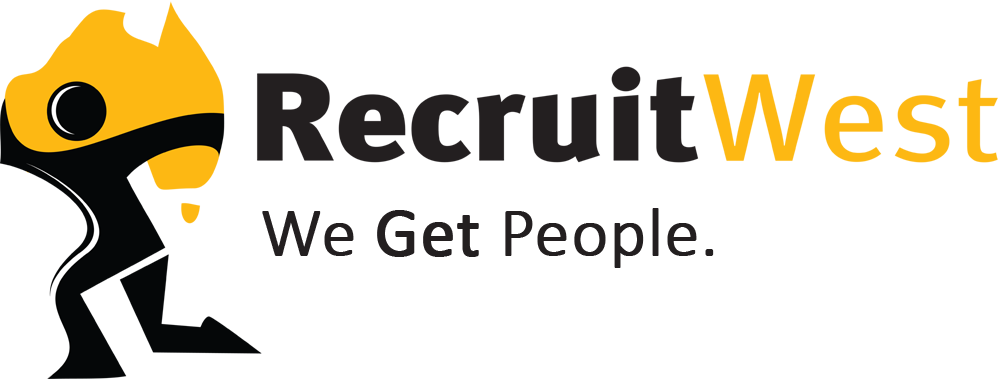Today’s job market is highly complex and always fluctuating - which means keeping up with current trends can be vital to the success of your organisation.
This article aims to ‘demystify’ some of the myths surrounding the job market and labour hire industry, thus making it easier and simpler to recruit the staff you need.
A recent industry report provides a handy perspective of the labour hire market and its participants, using current trends, statistics and case studies. The report identifies (among other things), Australia’s fastest-growing job sectors, which include: Accounting and Finance, Sales, Marketing and Events, Government recruitment, Education and Engineering and Technical. It also examines the potential shift from temporary and casual employment to permanent labour - and the growing trends in employee engagement and retention. This information is hugely valuable; especially in the current climate of fluctuating business confidence resulting from economic and business uncertainty.
The report has some interesting findings, including the reassuring fact that the Australian economy continues to track steadily at just above two per cent growth per quarter, which is slightly below the long-term average growth rate of 2.8 per cent. It also highlights the continuing increase in casual employment in Australia – an area that has grown steadily since 1998. The statistics show this area in particular has experienced very high growth over the years, with the number of temporary, casual and self- employed workers in Australia increasing from 2.5 million in 1997 to 3.7 million in 2015. This progression is something labour hire agencies have been aware of for many years - and it has helped fuel the remarkable expansion in the labour hire industry in the past 20 years or so.
Interestingly, the report also states that today’s staff are now much less dependent on the traditional model of ‘autocratic leaders’ in the workplace. It cites the new generation of workers – the ‘Gen 2020s’ and ‘Millennials’ – as the main drivers of this change. This is because the new generation of workers has very different expectations to previous generations regarding both the workplace, and job opportunities in Australia. In fact, free of the old hierarchies, many of these young employees now find themselves climbing what is has been termed the ‘corporate lattice’ rather than the ‘corporate ladder’; as they strive for promotion. Indeed, in some cases, these employees have become very adept at ‘moving sideways’ rather than up. This has led to a growing pool of casual or short-term workers who are happy to accept more ‘piecemeal’ work in order to both survive and flourish. This rapidly changing working environment is also another factor contributing to the significant growth of labour hire agencies in recent years.
The report has also came up with some interesting findings regarding employer needs. For example, it found that out of all employees’ surveyed, 75 per cent believed potential employers wanted candidates with experience. This characteristic was followed by technical knowledge (55%), loyalty (54%) and passion (53%). Also, regarding the workplaces of the future, the report found a notable increase in Activity-Based Workplaces (or ABW) in Australia in recent years. In fact, it discovered that large organisations such as KPMG and IBM had already adopted the ABW system; where people from multiple teams convene to work on a project and collaborate, before quickly moving on to the next project.
In this way, today’s workers can find themselves moving desks up to three times a day, as they literally, go where the work is. Regarding employment trends, the report predicts that in coming years, there will be a significant increase in the need for skilled tradespeople - while the requirement for lower skilled labour is likely to reduce. Encouragingly, the report also expects the demand for engineers and technical staff to continue to rise across a number of industry sectors - even where growth prospects are limited. And finally, as State investment in public infrastructure projects continues to improve, there will also be a growing demand for engineers and surveyors. This is all good news for labour hire agencies - as trades, mechanical and engineering companies are among their best clients.
In conclusion, the outlook for Australian companies, and especially those using labour hire companies, is looking more and more optimistic, despite the slow economic growth. And as the economy slowly recovers, this means the future for labour hire agencies and associated recruitment companies is also looking brighter.
Reference to the Adecco Australia 2016 Annual Employment Report.


